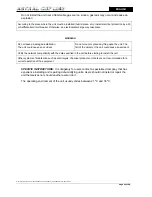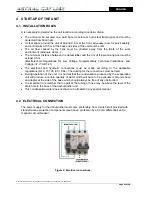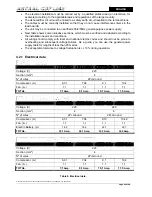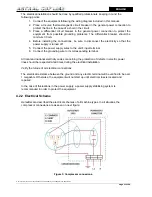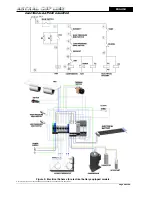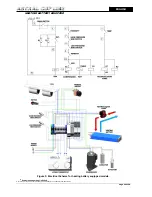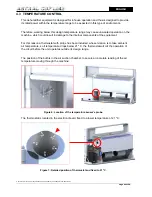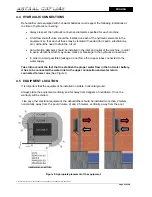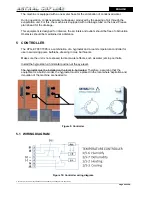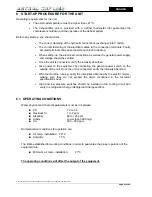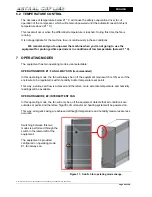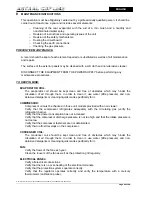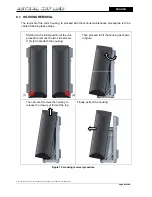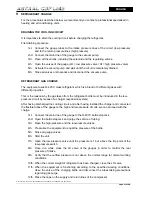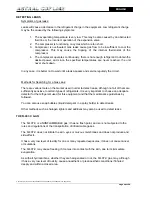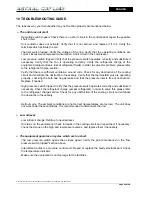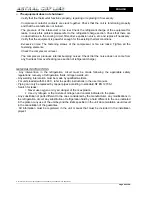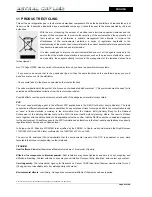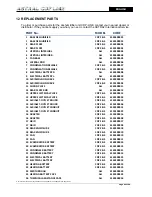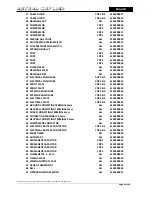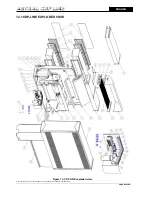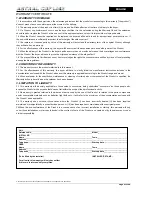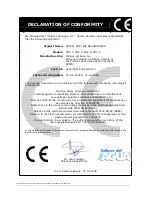
© ASTRALPOOL 2008. ALL RIGHTS RESERVED. CONFIDENTIAL AND PROPRIETARY DOCUMENT.
Page 58 of 69
ENGLISH
DETECTING LEAKS
Symptoms of gas leaks:
Leaks will cause a decrease in the refrigerant charge in the equipment. Low refrigerant charge
may be the caused by the following symptoms:
1. The evaporating temperature is very low. This may be also caused by an obstructed
fluid line or the incorrect operation of the expansion valve.
2. The compressor is functioning on cycles which are too short.
3. Compressor is overheated: Gas leaks cause gas flow to be insufficient to cool the
compressor. This may cause the tripping of the internal thermostat of the
compressor.
4. The compressor operates continuously, there is not enough refrigerant to obtain the
desired power, and since the specified temperatures are never reached, the unit
never shuts down.
In any case, it is better not to wait until a leak appears and service regularly the circuit.
Methods for Searching for a Gas Leak:
There are various tools on the market used in order to detect leaks, although not all of them are
sufficiently sensitive to certain types of refrigerants. It is very important to choose an adequate
detector for the refrigerant used for this equipment and that the maintenance guidelines by
followed.
You can also use soap bubbles (liquid detergent in a spray bottle) to detect leaks.
Other methods such as halogen lighters and additives may also be used to detect leaks.
THE R-407-C GAS:
The R-407-C is a NONFLAMMABLE gas; it has no flash point, and so is not subjected to the
rules and regulations of the transportation of inflammable gases.
The R-407-C does not irritate the skin, eyes or mucous membranes and does not produce and
side-effects.
It has a very low level of toxicity for one or many repeated exposures; it does not cause cancer
or mutations.
The R-407-C may cause freezing if it comes into contact with the skin, due to its immediate
evaporation.
As with all hydrocarbons, whether they are halogenated or not, the R-407-C gas may, although
it has a very low level of toxicity, cause anaesthetic or preanaesthetic conditions if inhaled
deeply and within a closed area.

